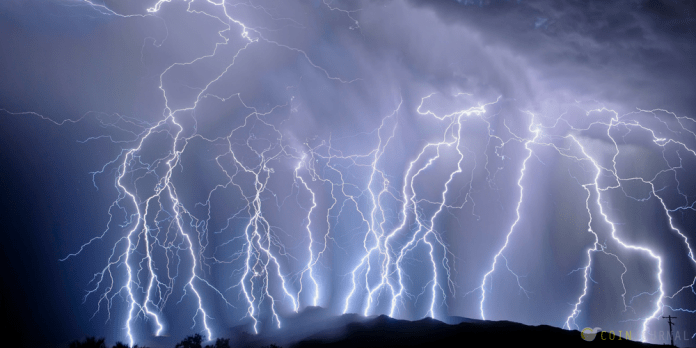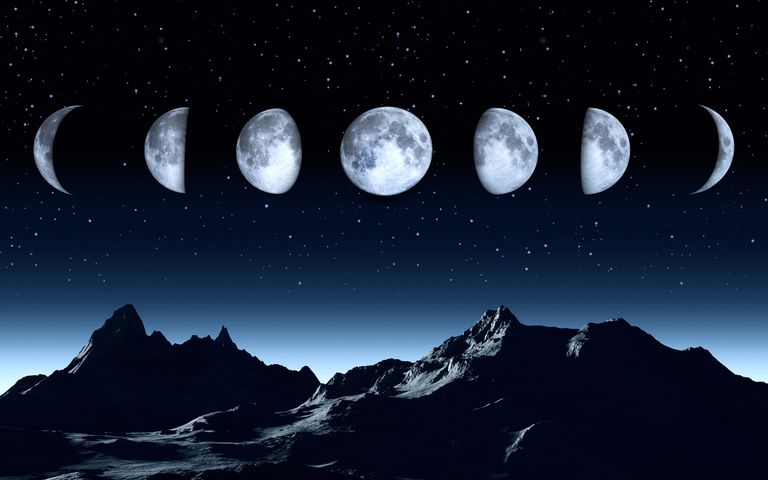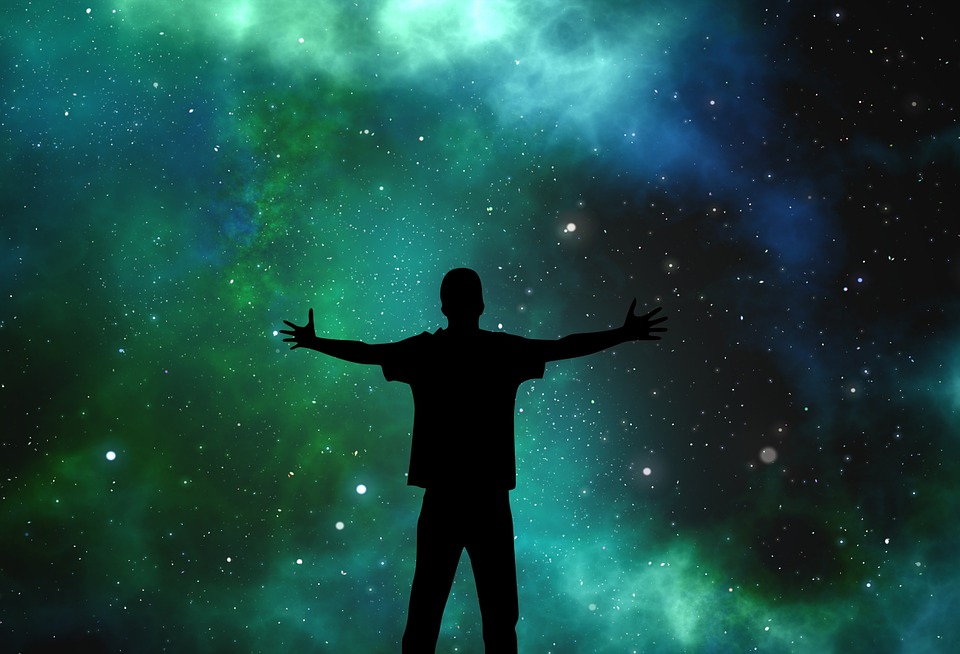Common Misconceptions
-

Astronomical Measurements
I’m sure many of you know of Han Solo’s famous Kessel Run — which he made in “less than 12 parsecs.” He says this as if he’s declaring a new time record, like I might brag that I ran a…
-

Black Holes: What the Movies Get Wrong
Any of you recognize this? To those who don’t, it probably looks like a pretty unimpressive, blurry ring. In fact, this is the first ever image of a black hole, taken with an interferometer the size of the Earth. If…
-

What Makes a Star Blue?
Albireo is the distinctive double star in the head of the constellation Cygnus. You can find it yourself if you look for the Summer Triangle amid the dusty trail of the Milky Way across the night sky. The brighter, orange…
-

How Lightning Strikes
There’s a saying that “lightning strikes whatever’s tallest.” But this is only partly true. Tall objects do attract lightning bolts, but there’s a second condition for lightning to strike: electrical conductivity. Meaning, a lightning bolt will only strike an object…
-

What Causes the Lunar Phases?
We see it almost every night of our lives. For thousands of years, the greatest philosophers and astronomers alike have watched its face change and wondered why. Step outside and observe the moon every day for a month and you…
-

The Reason for the Seasons
As a born Californian, I never saw seasons this dramatically until I went to college in Flagstaff, Arizona. I remember, in my first year here, when I was taking a walk around campus with a few friends. We passed over…

